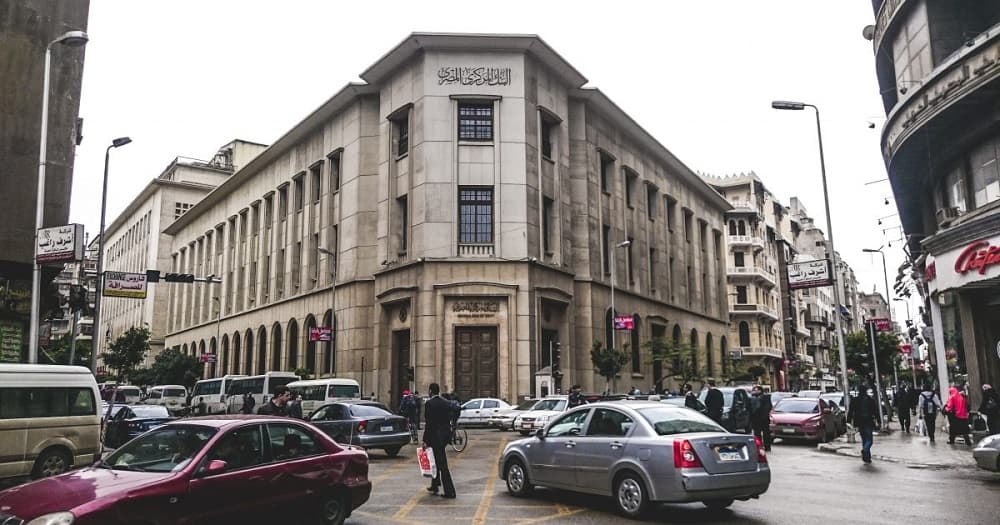Cairo, Egypt–Egypt’s annual urban consumer inflation in April dipped to 30.6% from 32.7% in March, data from the state statistics agency CAPMAS showed on Wednesday
Month-on-month, urban inflation slowed to 1.7% from 2.7% in March and 6.5% in February.
Inflation had steadily crept up over the last year after a series of currency devaluations starting in March 2022, a prolonged shortage of foreign currency and continuing delays in getting imports into the country.
Its food inflation increased 54.7 percent in April, showing a 8.2 percent drop from the 62.9 percent increase the month before.
On Tuesday, Egypt’s B3 issuer rating for both local and foreign currencies was placed under review for a downgrade by rating agency Moody’s.
This was due to the slower-than-expected progress with its state-owned asset sale, reported the agency.
Despite the Egyptian pound’s steep depreciation over the past few months, the country continues to experience a foreign currency shortage.
Furthermore, risks to Egypt’s financing plans played a major role in the agency’s decision to review a possible downgrade.
Moody’s noted that slow implementation of its asset sale plan weakens Egypt’s foreign exchange liquidity and undermines trust in its currency.
Egypt’s current account deficit dropped 77.2 percent to $1.8 billion in the first half of the country’s current fiscal year, reported its central bank last week.
The financial institution revealed this deficit reduction was fueled by Egypt’s current account turning a $1.41 billion surplus in the October to December quarter of 2022 as imports dropped and exports rose.
This came after the country saw a $3.19 billion deficit between July and September — the first quarter of Egypt’s fiscal year.
However, Egypt’s Purchasing Managers’ Index stood at 47.3 in April, below the neutral 50.0 mark but above the March figure of 46.7.
“The latest PMI figures for Egypt provided some promising hints for the direction of the non-oil economy, particularly on inflation,” said David Owen, a senior economist at S&P Global Market Intelligence, earlier in May.
“The findings suggest that headline inflation in Egypt should begin to soften over the coming months after hitting a near six-year high of 32.7 percent in March, which will help to ease the cost-of-living crisis,” Owen added.
Regardless of this optimism, the output expectations of Egyptian businesses for the year were low in April due to weak domestic and international demand and high price levels.

